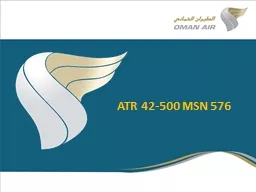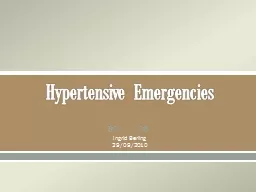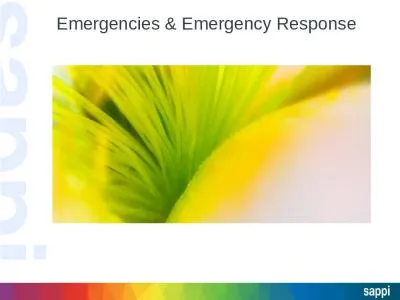PPT-An Introduction to Obstetrical Emergencies Charles D Giordano CRNA, MSN
Author : danika-pritchard | Published Date : 2019-11-03
An Introduction to Obstetrical Emergencies Charles D Giordano CRNA MSN My Background One of the first few cadres of CRNAs trained at University of Pittsburgh Nurse
Presentation Embed Code
Download Presentation
Download Presentation The PPT/PDF document "An Introduction to Obstetrical Emergenci..." is the property of its rightful owner. Permission is granted to download and print the materials on this website for personal, non-commercial use only, and to display it on your personal computer provided you do not modify the materials and that you retain all copyright notices contained in the materials. By downloading content from our website, you accept the terms of this agreement.
An Introduction to Obstetrical Emergencies Charles D Giordano CRNA, MSN: Transcript
Download Rules Of Document
"An Introduction to Obstetrical Emergencies Charles D Giordano CRNA, MSN"The content belongs to its owner. You may download and print it for personal use, without modification, and keep all copyright notices. By downloading, you agree to these terms.
Related Documents














